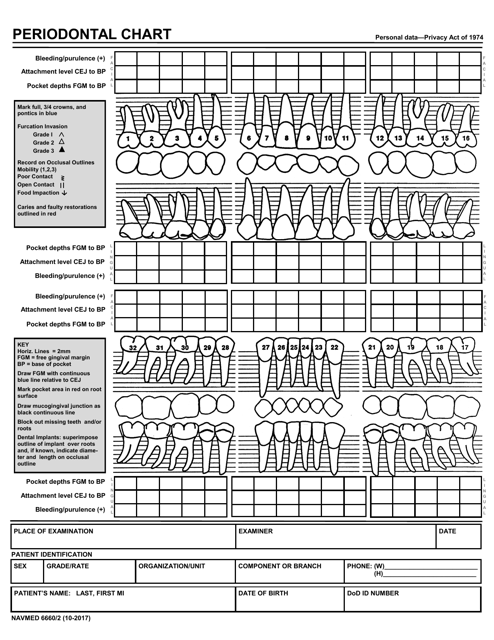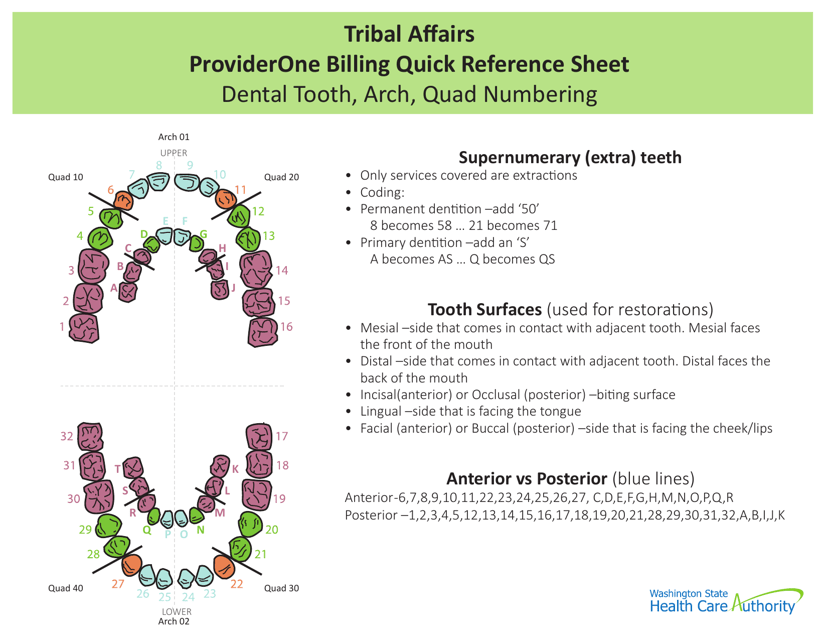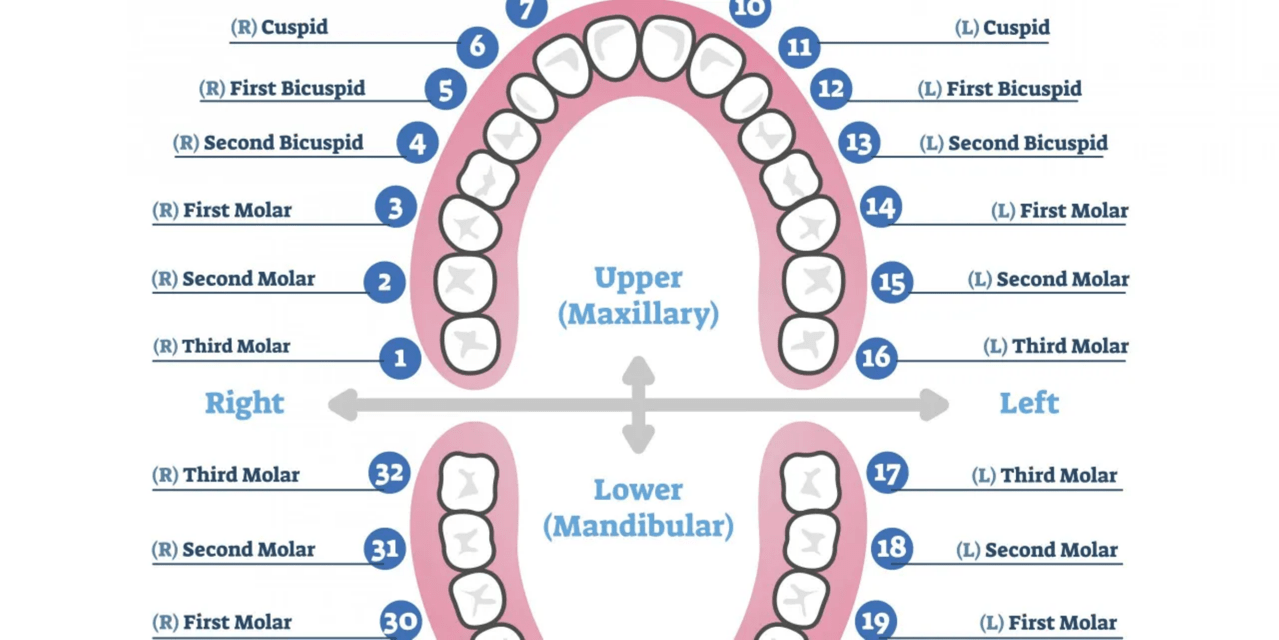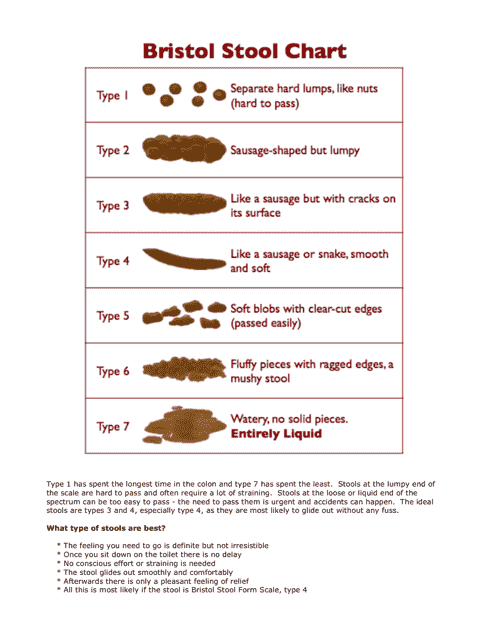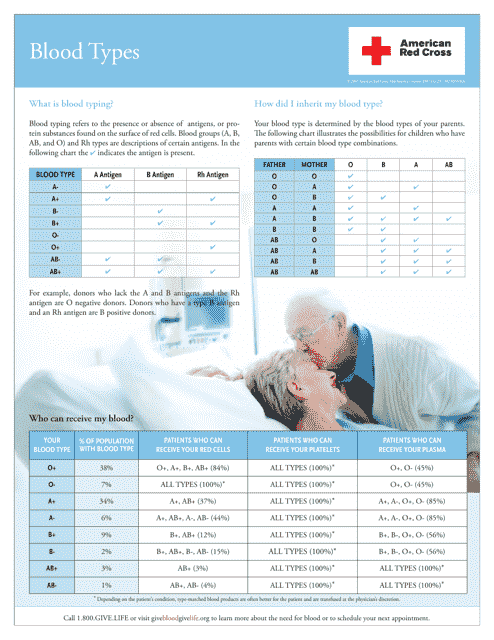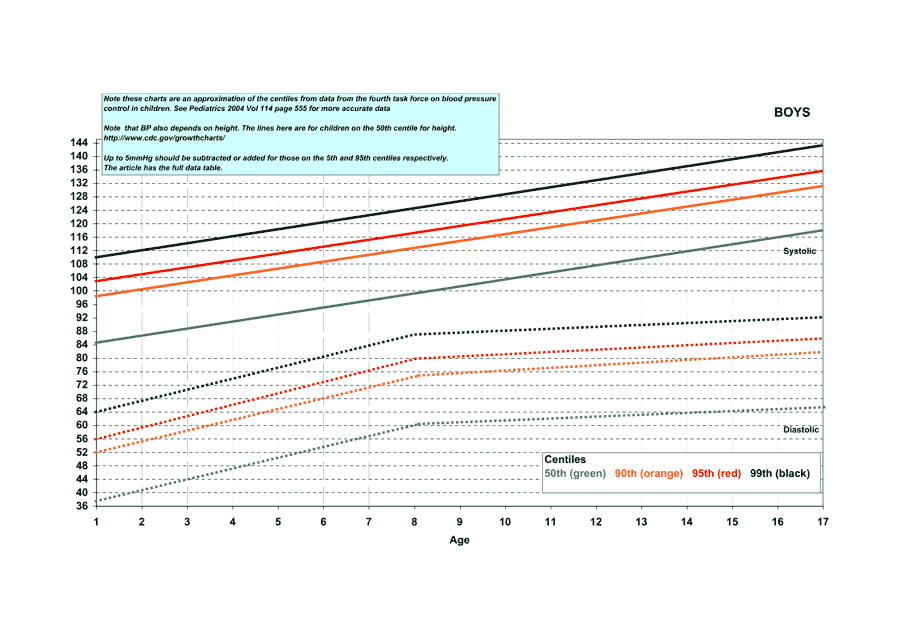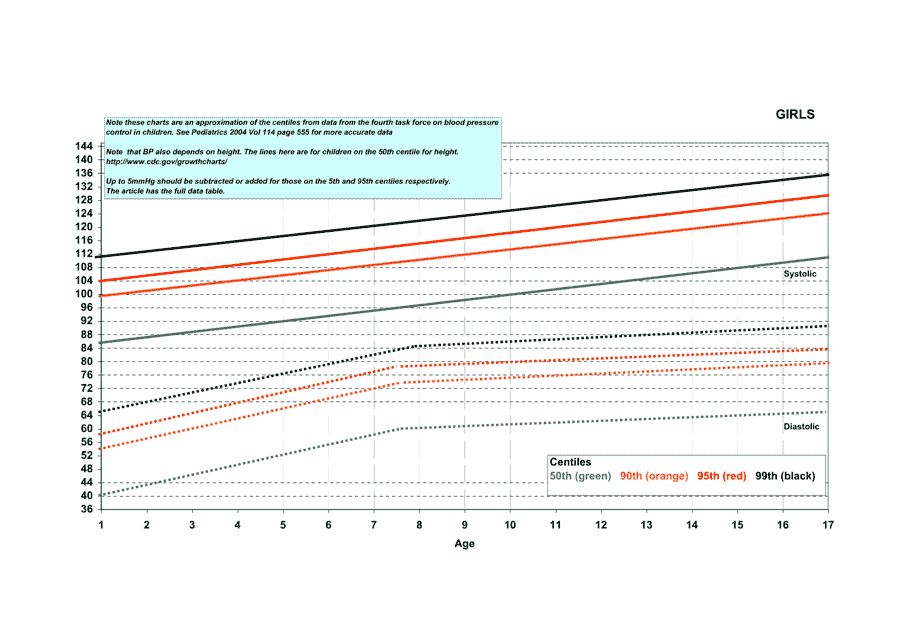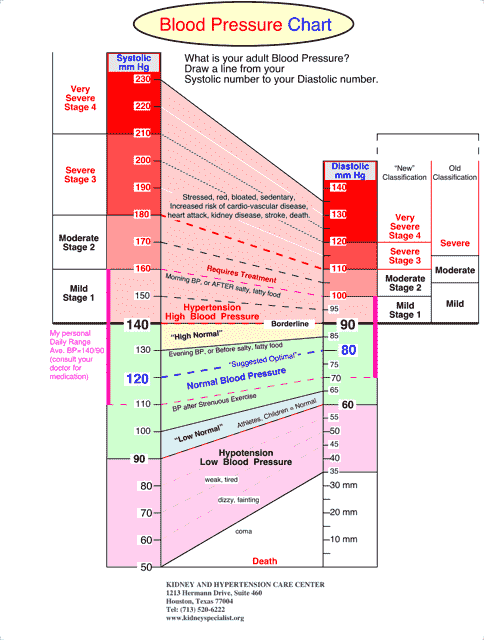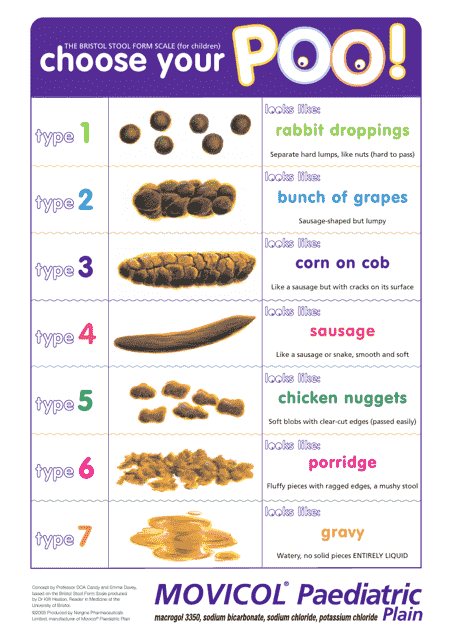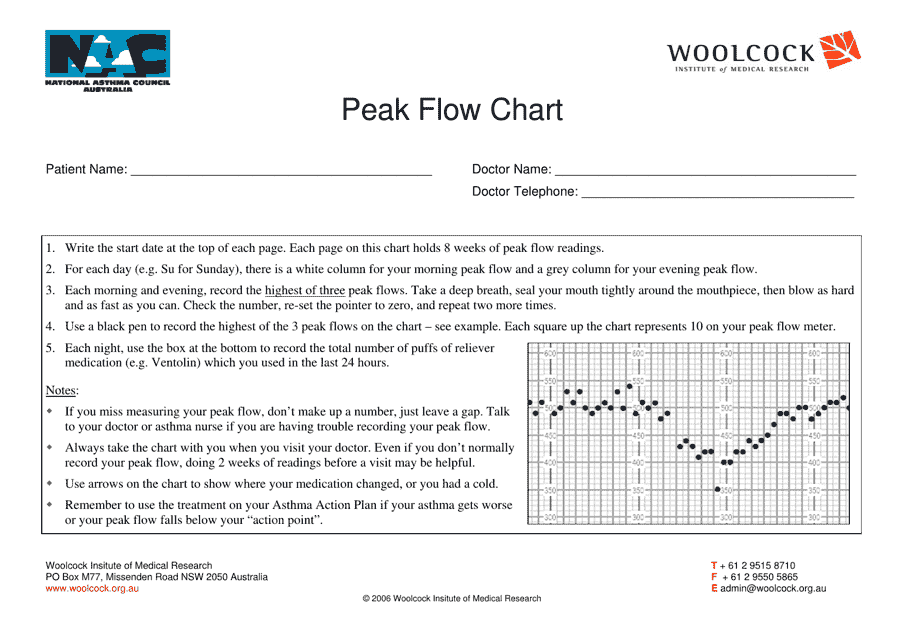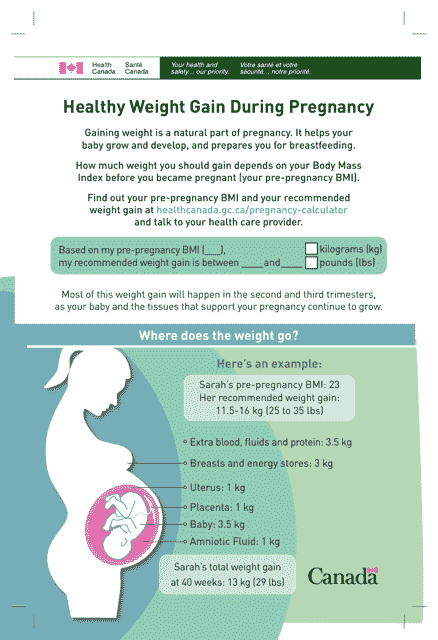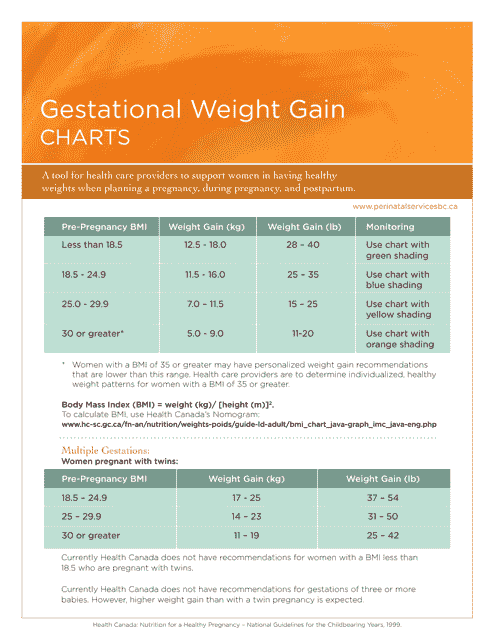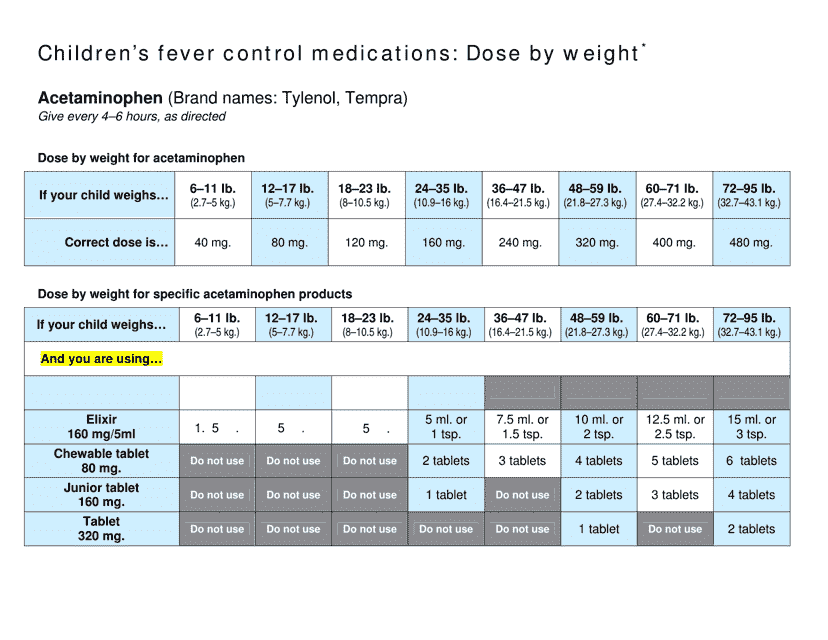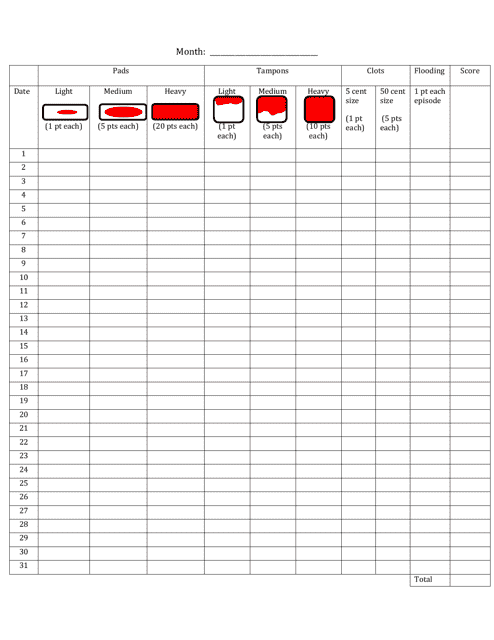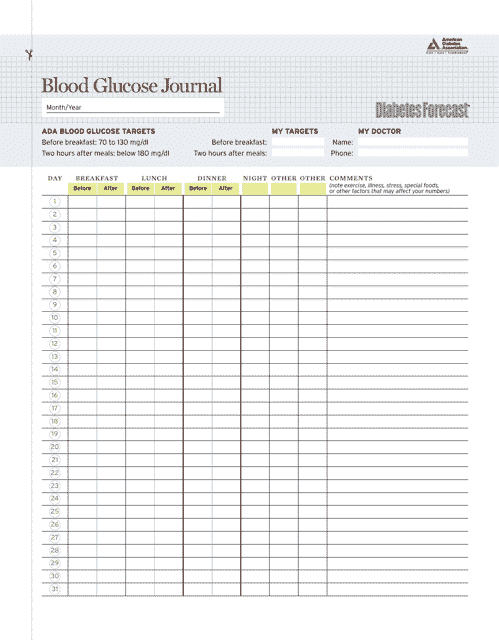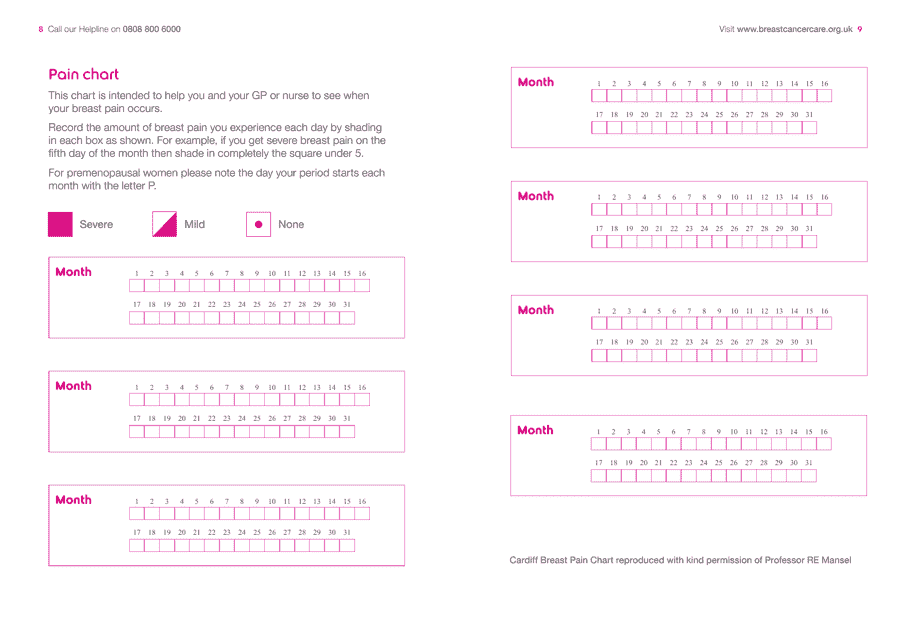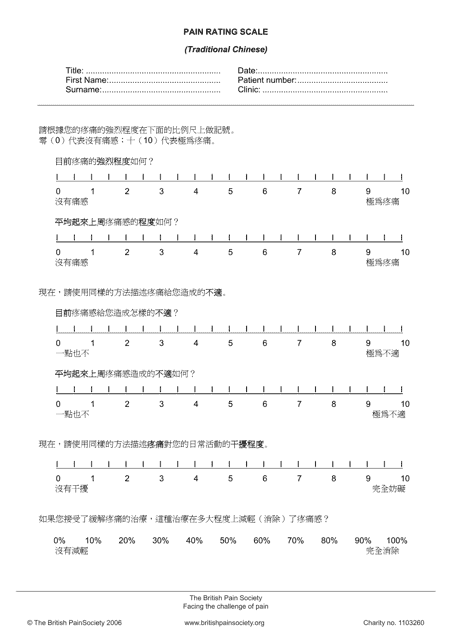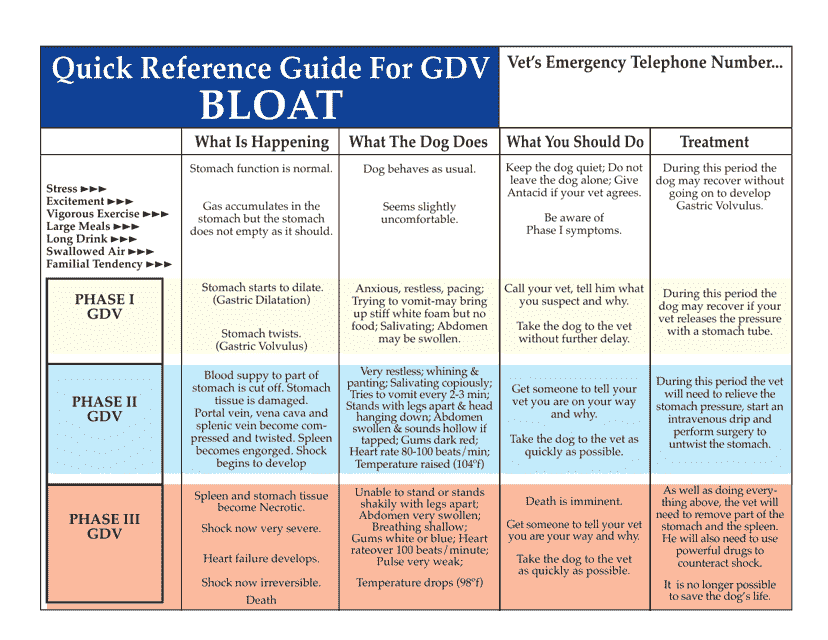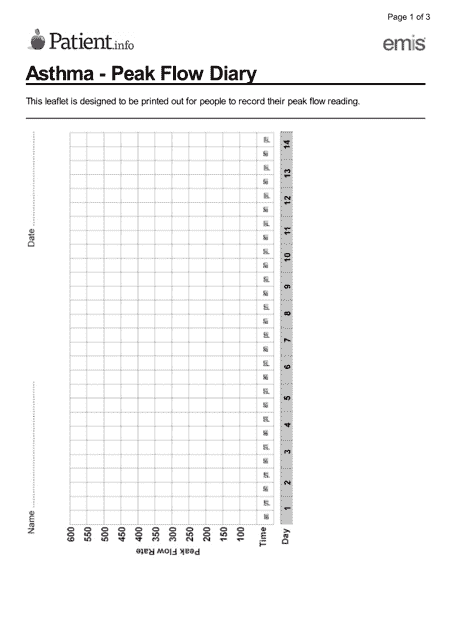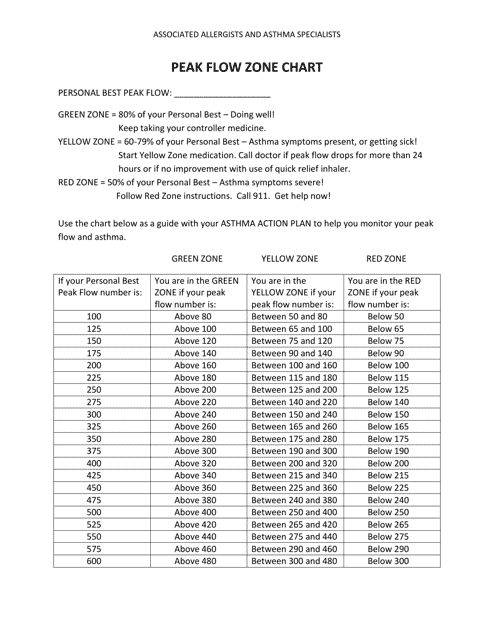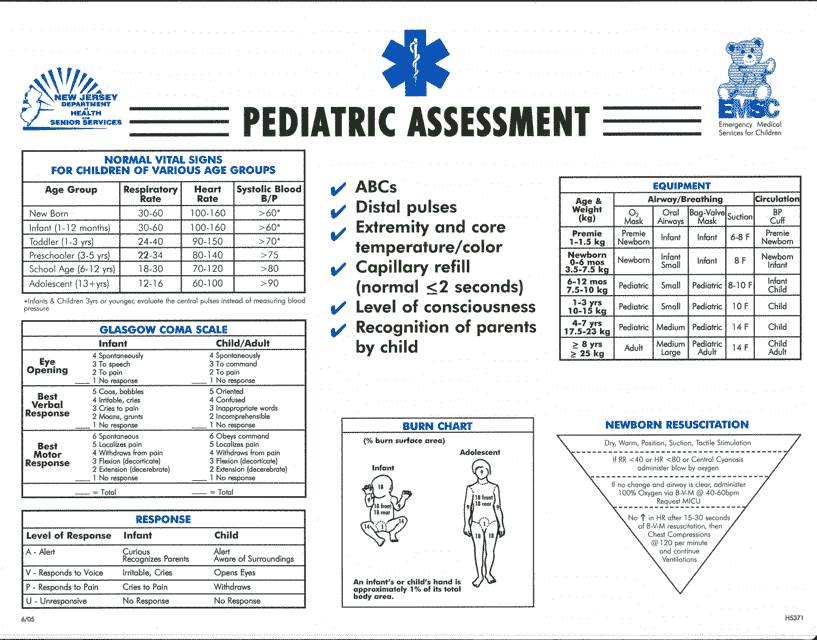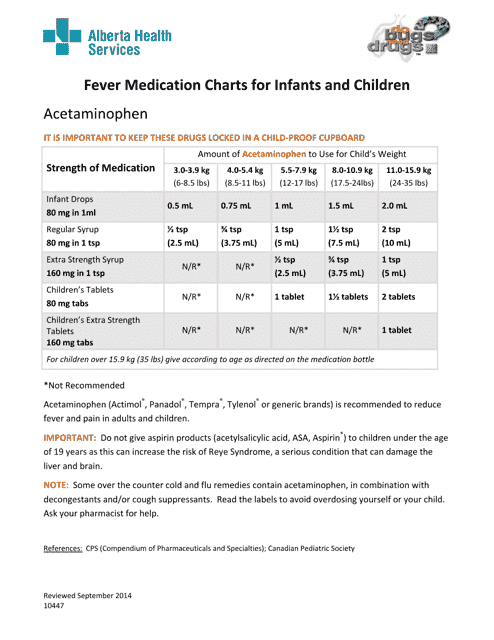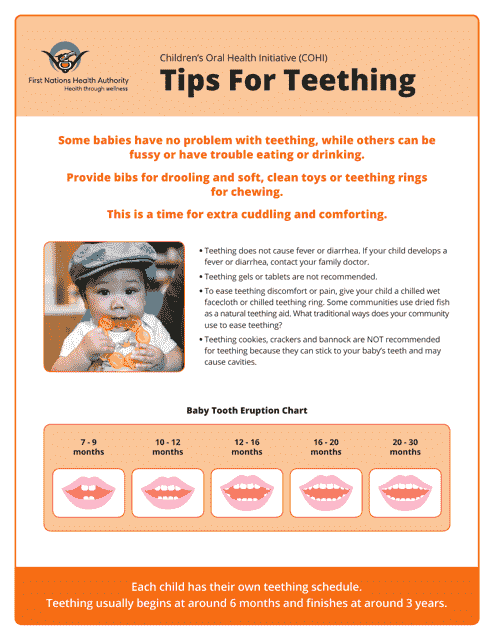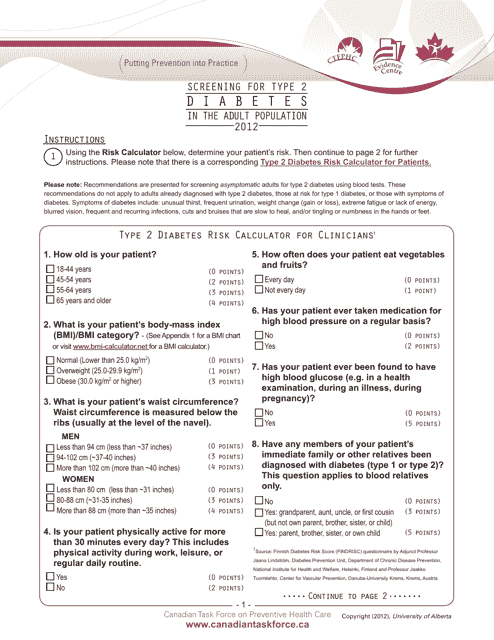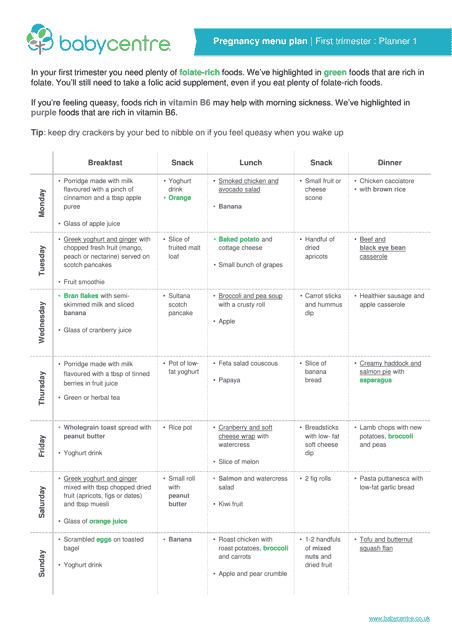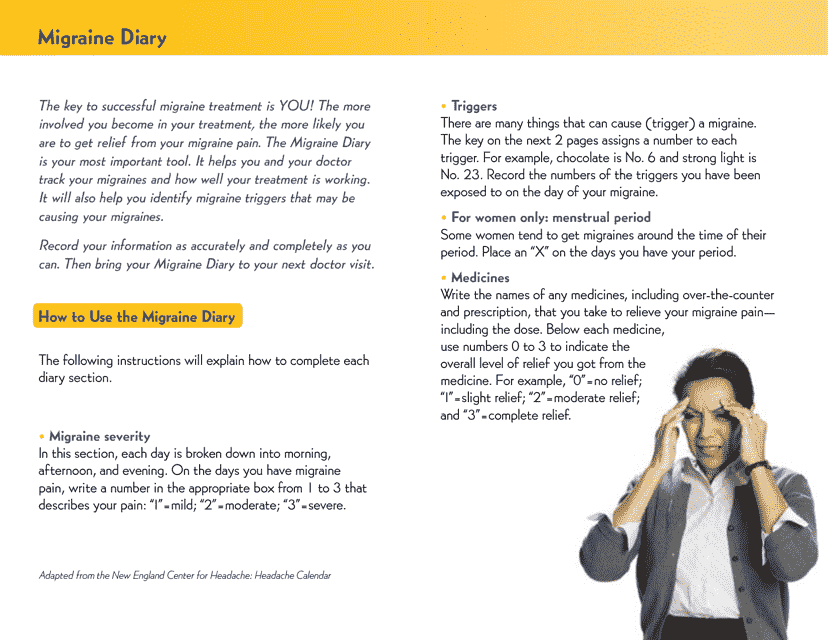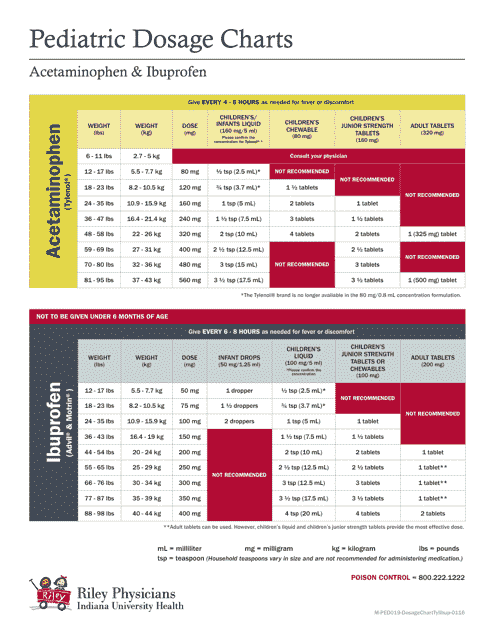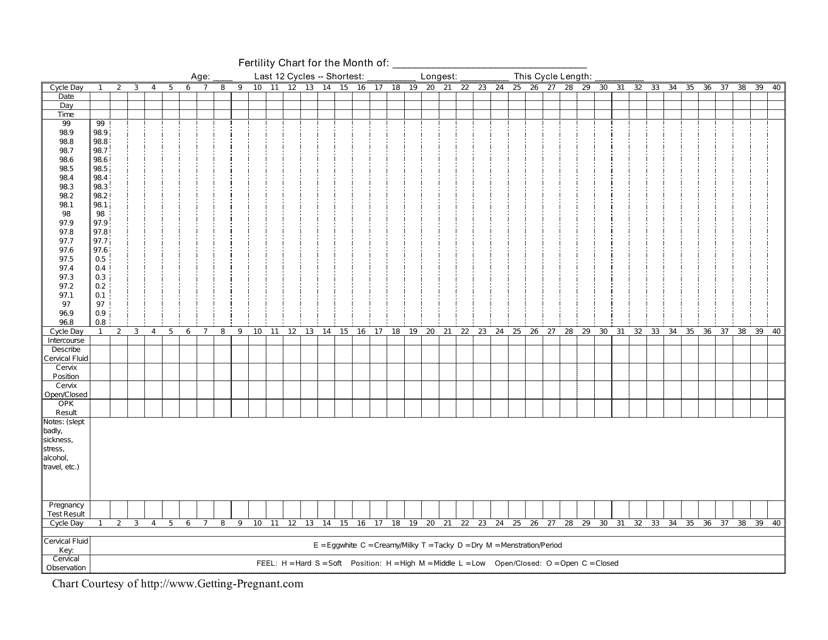Free Medical Chart Templates
Documents:
884
This document provides a chart that shows the reflexology points on the teeth and their corresponding areas of the body. It is used for understanding the connection between teeth and overall health.
This form is used for recording and monitoring the condition of a patient's gums and teeth. It is commonly used by dental professionals in the military.
This document provides a quick reference sheet for dental tooth, arch, and quad numbering in Washington's ProviderOne Billing system.
This diagram shows the tooth numbering system used by dentists to identify each tooth in the mouth.
This type of document is a chart that shows the numbering system for teeth in the mouth. It helps dentists and patients identify and communicate about specific teeth during dental procedures.
This document describes the dental numbering system used to identify and refer to specific teeth in the mouth. It explains how the system works and provides a visual representation of the numbering system.
This document provides a chart that outlines the numbers and names of teeth in the human mouth. It can be used as a reference for dental professionals or individuals to identify specific teeth.
This document describes the Bristol Stool Chart, which categorizes the seven types of stool consistency and helps assess digestive health.
This document provides a chart that shows the different blood types recognized by the American Red Cross. It helps individuals understand the compatibility of their blood type for blood donation and transfusion purposes.
This document provides the percentile levels of blood pressure (BP) for boys based on their age. It helps to understand how a boy's blood pressure compares to other boys of the same age.
This document provides the percentile levels for blood pressure (BP) in girls based on their age. It can help determine if a girl's blood pressure falls within the normal range for her age group.
This document is a blood pressure chart that helps you track and monitor your blood pressure readings over a period of time. It provides a visual representation of normal, elevated, and high blood pressure levels.
This document presents the Children Bristol Stool Chart, which is a tool developed by Norgine Pharmaceuticals to help parents and healthcare professionals monitor the consistency of a child's stool. The chart provides images and descriptions of different stool types, allowing for better understanding and assessment of a child's digestive health.
This document provides a peak flow chart that helps individuals monitor their lung function.
This document provides information about recommended weight gain during pregnancy, issued by Health Canada.
This type of document provides charts that track weight gain during pregnancy. It helps expectant mothers monitor their weight gain and ensure it falls within the recommended range for a healthy pregnancy.
This type of document provides a grid or chart that helps track and visualize the expected range of weight gain for pregnant women at different stages of pregnancy. It is used by healthcare professionals to monitor the healthy weight gain of expectant mothers.
This document provides a chart that shows recommended doses of fever control medications for children based on their weight.
This document provides a detailed eating plan for individuals with high cholesterol, also known as hyperlipidemia. It is intended for medical professionals to implement in their practice to help patients manage their condition through dietary changes.
This document is a visual tool used to assess the amount of blood loss based on the appearance of blood in different settings.
This document is used for tracking and recording blood glucose levels over time. It helps individuals with diabetes monitor their blood sugar levels and make informed decisions regarding their treatment and diet.
This document is a breast pain chart used to assess and track different levels of breast pain in women. It provides a visual representation of the pain and can help individuals communicate their symptoms to healthcare professionals.
This type of document is used for assessing pain in individuals with advanced dementia. The Pain Assessment in Advanced Dementia Scale (Painad) is a tool that helps healthcare professionals evaluate pain levels in patients who may not be able to communicate their pain verbally. It is designed to ensure appropriate pain management for individuals with advanced dementia.
This document is a pain rating scale provided by the British Pain Society. It is available in English and Chinese languages. This scale helps individuals in describing and rating their level of pain.
This document provides a quick reference guide for identifying and understanding dog bloat (GDV). It offers information on the symptoms, causes, and recommended actions to take in case of a dog experiencing this condition.
This chart compares different types of upper respiratory tract infections.
This type of document is a Peak Flow Tracking Chart used to measure and record peak flow readings for individuals with respiratory conditions like asthma.
This document is a peak flow diary for tracking asthma symptoms and measuring lung function.
This document provides a chart that indicates the peak flow zones for individuals with respiratory conditions. The chart helps monitor lung function and determine the appropriate treatment based on the achieved peak flow readings.
This document is used for recording a child's medical history and assessing their overall health and development. It includes information about the child's vaccinations, growth measurements, and any existing medical conditions or concerns.
This document is a pain assessment chart specifically designed for care homes, incorporating the Painad Scale. The chart helps caregivers to monitor and assess the level of pain experienced by residents in care homes. It provides a systematic approach to pain assessment and helps ensure appropriate interventions are implemented for residents' comfort and well-being.
This type of document provides fever medication charts specifically designed for infants and children in Alberta, Canada. It helps parents and caregivers accurately dose and administer fever medication for their little ones.
This document provides a chart that shows the normal sequence of baby tooth eruption. The chart is used by the First Nations Health Authority to monitor the oral health of children in First Nations communities.
This type of document is a screening test for Type 2 Diabetes offered by the University of Alberta. It helps identify individuals who may be at risk for developing diabetes.
This document provides a food chart for expecting mothers during the first trimester of pregnancy, outlining recommended foods for optimal nutrition and baby's development.
This document is a headache chart or migraine diary used to track and record information about migraines, such as frequency, duration, triggers, and symptoms.
This document provides a headache chart that includes a severity scale, common headache triggers, and relief measures. It helps individuals track their headaches and find effective ways to manage them.
This document provides pediatric dosage charts for acetaminophen and ibuprofen. It helps parents and caregivers accurately determine the appropriate dosage for children based on their age and weight.
This document is a monthly fertility chart used to track and monitor a woman's menstrual cycle and identify her most fertile days for conception.



